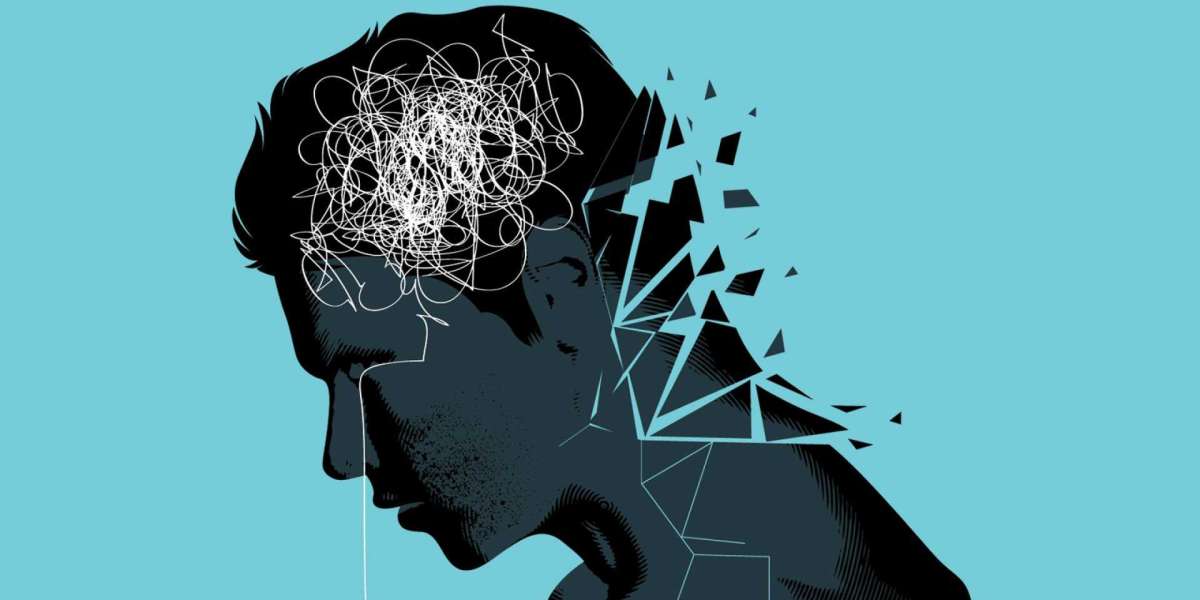Introduction:
Anxiety is a common mental health condition that affects millions of people worldwide. Despite its prevalence, anxiety is often misunderstood, leading to misconceptions and stigma surrounding the disorder. In this article, we will shed light on anxiety by dispelling common myths and misconceptions, providing a clearer understanding of the condition and promoting empathy and support for those who experience it.
Myth 1: Anxiety is just a sign of weakness.
One of the most pervasive myths about anxiety is that it is a sign of weakness or a character flaw. In reality, anxiety is a complex mental health condition that can affect anyone, regardless of their strength or resilience. It is not simply a matter of "toughening up" or "getting over it," but rather a legitimate medical condition that requires understanding, support, and treatment.
Myth 2: Anxiety is just feeling nervous or stressed.
While it's true that anxiety can involve feelings of nervousness or stress, it goes beyond temporary feelings of unease. Anxiety disorders are characterized by persistent and excessive worry or fear that interferes with daily functioning. These feelings can be intense and overwhelming, leading to physical symptoms such as rapid heartbeat, sweating, trembling, and difficulty concentrating.
Myth 3: Anxiety is not a real medical condition.
Some people believe that anxiety is not a legitimate medical condition and is simply a product of imagination or exaggeration. However, anxiety disorders are recognized by mental health professionals as legitimate medical conditions with clear diagnostic criteria and treatment guidelines. These disorders can have a significant impact on an individual's quality of life and may require professional intervention to manage effectively.
Myth 4: Anxiety is just a phase that people will grow out of.
While it's true that some people may experience anxiety symptoms temporarily, for many individuals, anxiety is a chronic condition that requires ongoing management. Without proper treatment and support, anxiety symptoms can persist and even worsen over time. It's important to recognize that anxiety is not something that people can simply "grow out of" and that seeking professional help is often necessary for long-term management.
Myth 5: Anxiety is just an excuse for avoiding responsibilities or social situations.
Another common misconception about anxiety is that it is simply an excuse for avoiding responsibilities or social situations. In reality, anxiety disorders can be debilitating and can significantly impact an individual's ability to function in various areas of life. While avoidance may be a coping mechanism for some individuals with anxiety, it is not a choice but rather a symptom of the disorder.
Myth 6: Anxiety is always irrational and unfounded.
While anxiety can sometimes be irrational or disproportionate to the situation, it is not always unfounded. Many individuals with anxiety disorders have valid reasons for their fears or worries, based on past experiences or current stressors. It's important to recognize that anxiety is a subjective experience, and what may seem irrational to one person may be very real and valid to another.
Myth 7: Medication is the only treatment for anxiety.
While medication can be an effective treatment for anxiety disorders, it is not the only option. Therapy, particularly cognitive-behavioral therapy (CBT), is considered the first-line treatment for many anxiety disorders. CBT helps individuals identify and challenge negative thought patterns and develop coping strategies to manage anxiety symptoms. Lifestyle changes, such as exercise, mindfulness, and stress management techniques, can also be beneficial in reducing anxiety symptoms.
Myth 8: Anxiety is always visible and easy to recognize.
Contrary to popular belief, anxiety is not always visible or easy to recognize. While some individuals may experience obvious physical symptoms such as panic attacks or trembling, others may internalize their anxiety and appear calm on the outside. This can make it difficult for others to understand or empathize with their experiences. It's important to remember that anxiety can manifest in different ways and that not all symptoms are visible to others.
Myth 9: People with anxiety just need to relax or calm down.
Telling someone with anxiety to "just relax" or "calm down" is not helpful and can even be harmful. Anxiety disorders are not simply a matter of willpower or control, and individuals with anxiety cannot simply "turn off" their symptoms. Instead of dismissing their experiences, it's important to offer empathy, support, and understanding to those who are struggling with anxiety.
Myth 10: Once you've experienced anxiety, you'll always have it.
While anxiety disorders can be chronic conditions, they are also treatable, and many people experience significant improvement with proper treatment and support. With the right interventions, individuals with anxiety can learn to manage their symptoms effectively and lead fulfilling lives. While anxiety may always be a part of their experience, it does not have to define or limit them.
Conclusion:
By dispelling myths and misconceptions about anxiety, we can foster greater understanding, empathy, and support for those who experience it. Anxiety is a legitimate medical condition that affects millions of people worldwide, and it's important to recognize the impact it can have on individuals' lives. By promoting awareness and education about anxiety, we can create a more inclusive and supportive society where individuals with anxiety feel understood, accepted, and empowered to seek help and support when needed.







